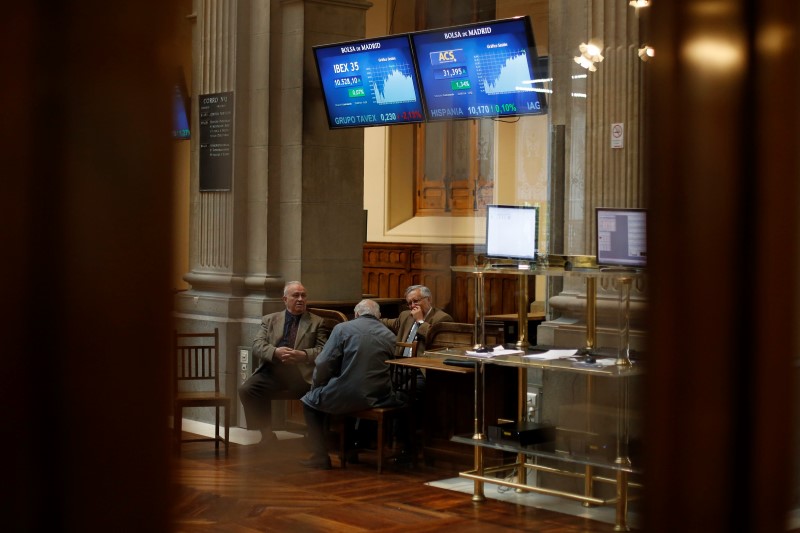In the ongoing debate of Bitcoin versus gold as a superior store of value, Jurrien Timmer, Director of Global Macro at Fidelity, has provided an analysis that sheds new light on this hot topic.
Advertisement
According to Timmer, both assets are often viewed as hedges against fiscal dominance, where the government dilutes the value of money by increasing the money supply. He argues that this thesis is fundamentally sound, as sustained increases in the money supply typically lead to inflation. This correlation is evident when comparing the 10-year growth rate of the M2 money supply and the consumer price index.

Timmer suggests that for Bitcoin and gold to truly solidify their roles as stores of value, there needs to be consistent above-trend growth in monetary aggregates. However, he notes that this has not yet occurred. The dramatic increase in real money mass during the pandemic was quickly reversed by the Federal Reserve’s tightening policies, suggesting that the expected conditions for BTC to thrive as a competitive analogue to gold have not yet been met.
He also addresses the notion of cryptocurrency as “gold 2.0,” instead referring to it as “exponential gold” due to its combination of monetary properties and advanced network technology.
Bitcoin v. gold
The discussion that Bitcoin could overtake gold in market capitalization is not new and has been going on in the community since the cryptocurrency first became public knowledge.
Not without reason, the first encrypted transaction was a Times headline about the global financial crisis. With the introduction of spot Bitcoin ETFs, this debate has only intensified as hundreds of millions of people can now buy the cryptocurrency in the traditional way.
Currently, gold’s market capitalization stands at over $15.6 trillion, while Bitcoin’s is approximately $1.33 trillion. For the latter to match gold’s market cap, it would need to grow by 11.72 times, reaching an estimated price of nearly $790,000 per BTC.








